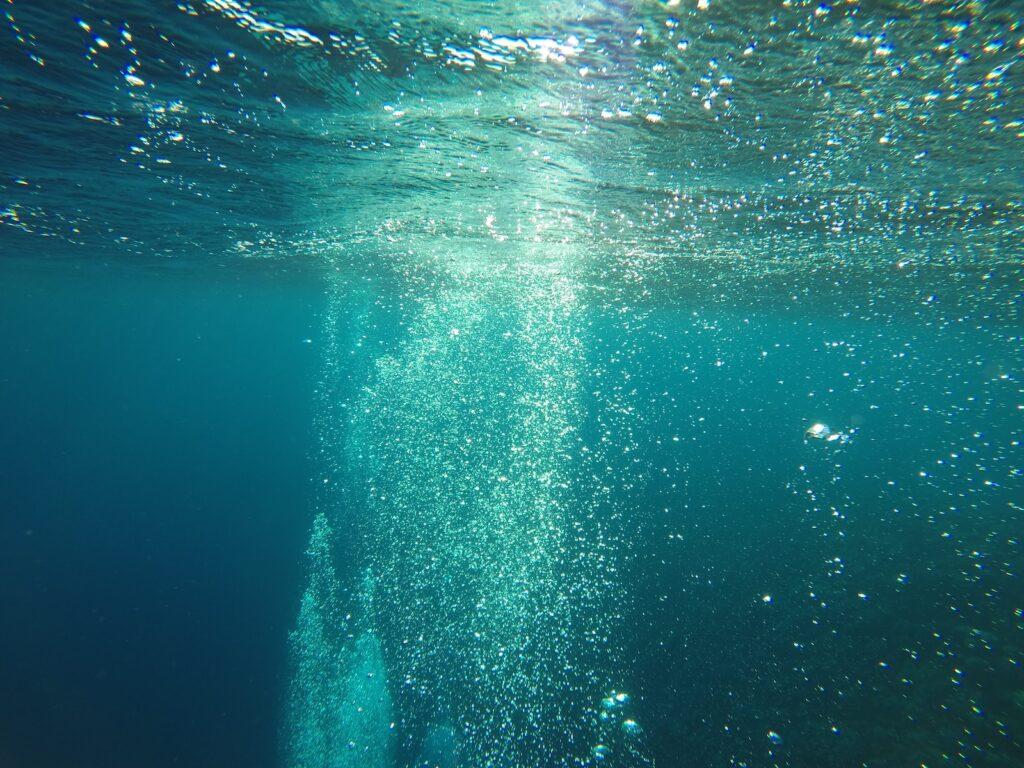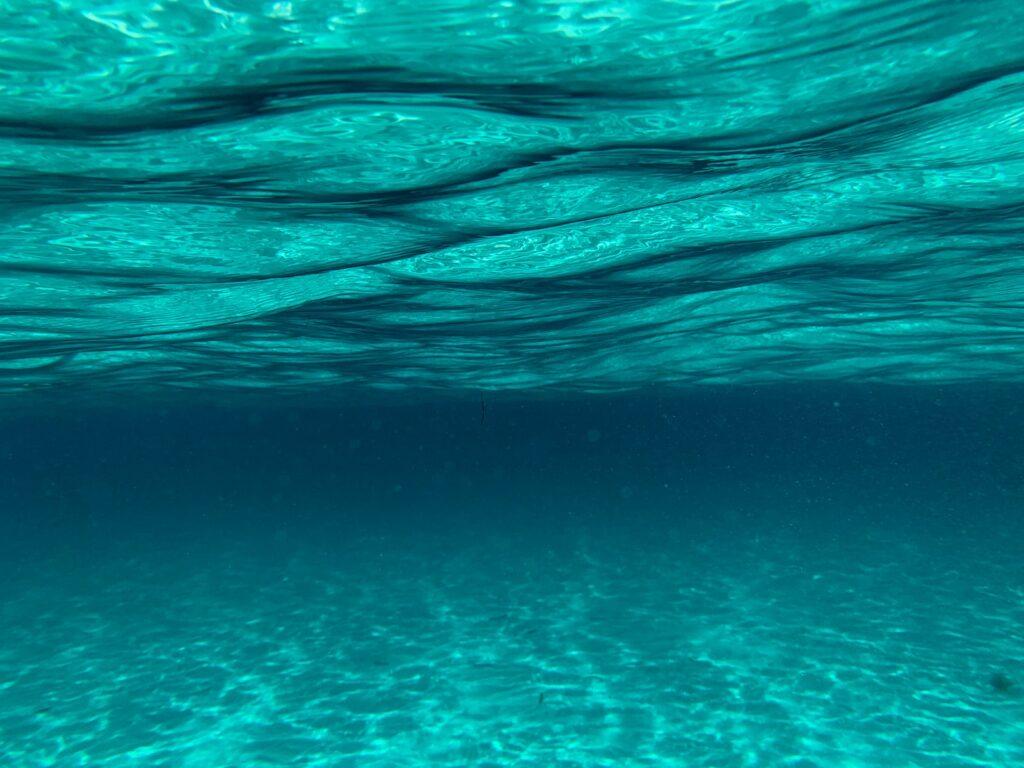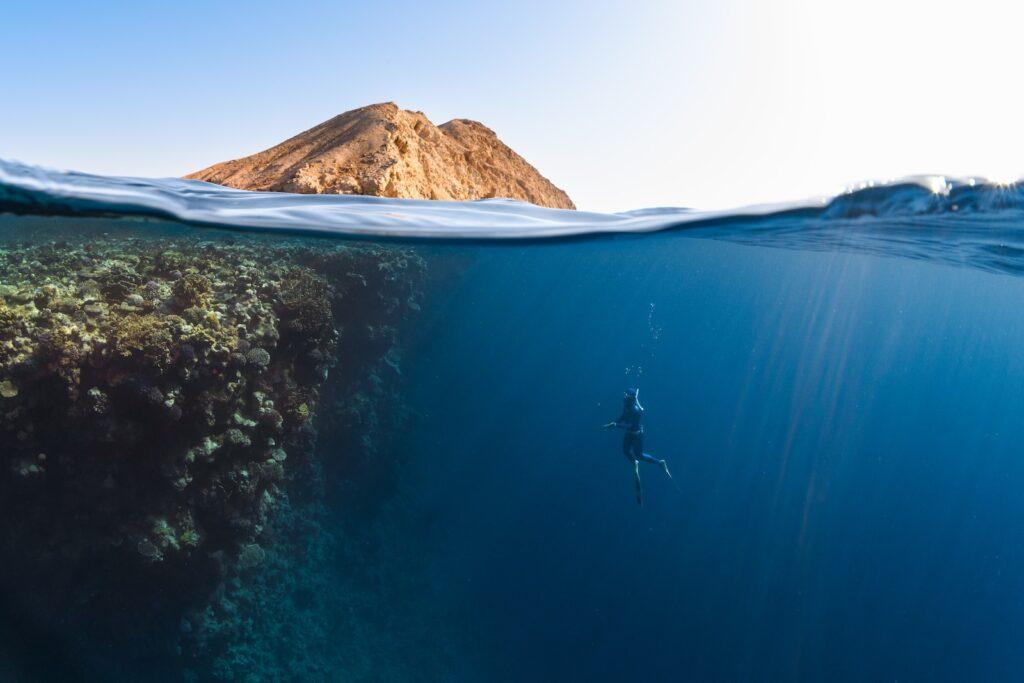How to Install Underwater Boat Lights
Are you ready to bring your boat to life with mesmerizing underwater lights?
In this guide, we’ll show you how to install underwater boat lights, giving you the freedom to illuminate the depths of the water and create an unforgettable atmosphere.
With just a few tools and materials, you’ll be able to transform your boat into a captivating spectacle.
Get ready to impress and enjoy the freedom of cruising with stunning underwater lights.
Key Takeaways
- Gather the necessary tools and materials such as a drill, marine-grade adhesive, wire stripper, heat gun, and electrical tape.
- Prepare your boat for installation by using a screwdriver, drill, wire cutters, wire strippers, and marine sealant.
- Choose the right location for your underwater boat lights, considering factors such as visibility, aesthetics, and creating captivating illumination.
- Install the underwater boat lights by positioning them evenly, marking spots for screws, drilling pilot holes, attaching the lights securely, and applying silicone sealant for a watertight seal.
Gathering the Necessary Tools and Materials
You’ll need to gather all of the tools and materials necessary for installing underwater boat lights. Before you can embark on this exciting project, make sure you have the following items on hand:
- A drill with a drill bit suitable for the size of your lights
- A marine-grade adhesive
- A wire stripper
- A heat gun
- Electrical tape
- The underwater boat lights themselves
These lights come in various types and sizes, so be sure to choose the ones that best suit your needs and preferences.
When gathering your tools and materials, it’s important to prioritize quality and durability. After all, you want your underwater boat lights to withstand the elements and provide you with long-lasting illumination. Look for marine-grade adhesive that’s specifically designed for underwater use. This will ensure a secure bond that can withstand the water pressure and potential impacts.
Additionally, invest in a high-quality wire stripper and heat gun. These tools will allow you to properly connect the wires and protect them from moisture. Don’t forget to grab some electrical tape too, as it will provide an extra layer of insulation and protection.

Preparing Your Boat for Installation
To ensure a successful installation, gather all the necessary tools and materials before preparing your boat for installing the underwater lights. By taking the time to properly prepare your boat, you can ensure that the installation process goes smoothly and that your lights will function optimally.
Before you begin, it is important to have the following tools and materials ready:
| Tools | Materials |
|---|---|
| Screwdriver | Underwater lights |
| Drill | Wiring |
| Wire cutters | Heat shrink tubing |
| Wire strippers | Waterproof connectors |
| Marine sealant | Electrical tape |
Once you have gathered all the necessary tools and materials, it is time to prepare your boat for installation. Start by selecting the location where you want to install the underwater lights. Make sure to choose a spot that is accessible and will provide the desired lighting effect.
Next, clean the area where the lights will be installed. Remove any debris or dirt to ensure a clean and secure attachment. Use marine sealant to create a watertight seal around the lights, preventing any potential leaks.
Choosing the Right Location for Your Underwater Boat Lights
When selecting a location for your underwater boat lights, consider the areas that would best showcase the illumination and enhance the overall aesthetics of your boat. You want the lights to create a captivating and mesmerizing effect, making your boat stand out from the rest.
One popular option is to place the lights along the hull, just above the waterline. This placement allows the lights to illuminate the water below, creating a beautiful glow that can be seen from a distance.
Another option is to install the lights on the transom, which is the back part of the boat. This location not only enhances the aesthetics of your boat but also provides additional safety by increasing visibility in the water.
Lastly, you can choose to install the lights on the sides of your boat, creating a stunning visual effect as the lights reflect off the water’s surface.
Ultimately, the decision of where to install your underwater boat lights is up to you. So, choose a location that reflects your personal style and adds a touch of freedom to your boating experience.
Installing the Underwater Boat Lights
Once you have chosen the location for your underwater boat lights, it’s time to start installing them. Before you begin, gather all the necessary tools and equipment. You’ll need a drill, screws, a silicone sealant, and of course, the lights themselves.
First, carefully position the lights in the chosen location on the boat hull. Make sure they’re evenly spaced and aligned. Once you’re satisfied with the placement, mark the spots where the screws will go.
Next, drill pilot holes into the hull at the marked spots. Be cautious not to drill too deep or damage the boat.
Now, attach the lights to the hull using the screws. Tighten them securely, but avoid overtightening as it may cause damage.
Once the lights are firmly in place, apply a silicone sealant around the edges of each light. This will create a watertight seal and prevent any water from entering the boat.
Lastly, connect the wiring of the lights to the boat’s electrical system according to the manufacturer’s instructions. Ensure that all connections are secure and insulated.
Congratulations! You have successfully installed your underwater boat lights. Now you can enjoy the freedom of cruising on the water and illuminating the depths beneath you.
Testing and Troubleshooting the Lights
After installing the underwater boat lights, you should test them to ensure they’re functioning properly. Testing and troubleshooting the lights is an important step to ensure that they’ll provide the desired effect and enhance your boating experience. Here are a few simple steps to help you test and troubleshoot your underwater boat lights:
- Check the connections: Make sure that all the electrical connections are secure and tightly fitted. Loose connections can cause the lights to flicker or not turn on at all. Ensure that all the wires are properly connected and insulated to prevent any potential electrical hazards.
- Test the power supply: Use a multimeter or a voltage tester to check the power supply to the lights. Ensure that the voltage is within the recommended range specified by the manufacturer. If the voltage is too low or too high, you may need to adjust the power supply or consult a professional electrician.
- Inspect the lights underwater: Lower your boat into the water and observe the lights from underwater. Look for any signs of water leakage or damage. If you notice any issues, such as water inside the lights or cracks in the casing, address them immediately to avoid further damage.
Choosing the Right Underwater Boat Lights
If you’re looking for lights purely for aesthetic purposes, then the color and brightness may be the most important factors for you. For functional purposes, such as fishing or diving, you may want bright white lights for better visibility under water.
- Purpose: Determine why you need the lights. Are they for aesthetic reasons, fishing, diving, or to increase visibility at night? This will help guide your choice.
- Boat Size and Type: The size and material of your boat can affect the type and number of lights you need.
- Quality and Durability: Look for lights that are waterproof, corrosion-resistant, and have good heat dissipation. The lights should be able to withstand the marine environment.
- Power Source Compatibility: Check that your boat’s electrical system can handle the added load of the underwater lights.
- Regulatory Compliance: Understand the local regulations regarding underwater boat lights. Some areas may have restrictions on certain colors or types of lights.
- Light Type: LED lights are a popular choice due to their energy efficiency, long lifespan, and variety of color options.
- Brand Reputation and Reviews: Research various brands, check customer reviews, and consult with marine equipment suppliers. This can help you find reliable and high-quality lights.
- Installation: Consider how the lights will be installed. Some may require professional installation, while others can be installed DIY with the right tools and instructions.
You should consider the size and type of your boat. Larger vessels might need stronger lights with higher lumens. Material of your boat (aluminum, fiberglass, etc.) can influence the type of lights you should get as it affects the installation process.
Pay attention to the quality and durability of the lights. Look for lights that are waterproof, corrosion-resistant, and have a good heat dissipation system. LED lights are commonly chosen due to their energy efficiency, longevity, and variety of colors.
The power source is another important consideration. Ensure that the boat’s electrical system can handle the added load of the underwater lights.
Understanding Your Needs
Start by asking yourself what you need the lights for. Is it to enhance visibility for night diving, fishing, or just for the aesthetic appeal? Knowing this will guide you in picking the right color and intensity.
Types of Boat Lights
There are mainly three types: LED, Halogen, and HID. LEDs are energy-efficient, long-lasting, and come in a variety of colors. Halogen and HID lights are less popular due to their high energy consumption.
Selecting the Best Position
The best spots to install your lights are at the stern and the hull. Placing them here not only looks good but also illuminates a large portion of water.
Legal and Safety Considerations
Check the local laws regarding underwater boat lights because some states restrict certain colors. Always prioritize safety. Lights should enhance visibility, not obstruct it.

Gathering Required Tools and Materials
Before you start the installation process of underwater boat lights, it’s essential to gather all the required tools and materials to ensure a smooth and efficient installation process. Here’s what you’ll need:
- Underwater Lights: Choose quality underwater lights that are suitable for your boat and meet your specific needs. These lights should be durable, waterproof, and compatible with your boat’s power source.
- Drill and Drill Bits: You will need a drill and the correct size drill bits for the installation. Ensure that the drill bits are suitable for the material of your boat hull, whether that’s fiberglass, aluminum, or steel.
- Marine Sealant: A marine-grade sealant is crucial to prevent water from entering the drilled holes in the hull. This sealant should be designed to withstand constant water exposure and changes in temperature.
- Screwdriver or Screw Gun: A screwdriver or a screw gun will be needed to secure the lights to the hull of your boat.
- Wiring and Electrical Supplies: Depending on the type of light, you might need electrical wires, connectors, a fuse, and a switch. If the lights are not battery-operated, they will need to be connected to your boat’s electrical system.
- Safety Gear: Safety glasses, gloves, and a life jacket (if working from the water) are some of the safety items you should have on hand during installation.
- Instruction Manual: Always refer to the manufacturer’s instruction manual for specific installation guidelines. This will give you the correct procedure and any other special requirements for the particular lights you have chosen.
Remember, if you are not comfortable with doing the installation yourself
Tools You’ll Need
To install these lights, you’ll need a drill, marine sealant, screwdriver, heat-shrink connectors, and a wire stripper. Keep a multimeter at hand for testing electrical connections.
Selecting the Right Materials
Your light kit should include lights, a switch, wiring, and inline fuses. If not, you’ll need to purchase them separately. Always opt for marine-grade products—they’re designed to withstand harsh aquatic environments.
Installing the Underwater Boat Lights
Start by determining the location for the underwater lights. This will depend on the type of boat and the specific effects you desire. Common places to install these lights are on the stern or along the sides of the hull. Remember, the position of the lights will determine the illumination area.
Once you’ve chosen the right spot, mark the areas where you will drill holes for the lights. Be certain these areas don’t interfere with any internal systems of your boat like bilge pumps, transducers, or other important structures.
Drilling the Holes
Mark where you want the lights to go. Check twice before drilling! You don’t want unnecessary holes in your boat.
Sealing and Mounting
Apply marine sealant to prevent water from getting in. Then, secure the lights with screws included in the kit.
Running the Wiring
Route the wiring from each light to the switch, ensuring they’re well-secured and hidden. Use the heat-shrink connectors for secure connections.
Making the Connections
Connect the wires to the switch and the power source. Be sure to connect the inline fuse to the positive wire for safety.
Testing Your Lights
Before hitting the water, test your lights to make sure they’re working properly. If not, check your connections and the inline fuses.

Safety and Maintenance Tips
One of the most important safety tips is to ensure that the power source is turned off before starting the installation. This minimizes the risk of electrical shock or short circuits. Additionally, wearing safety equipment such as gloves and eye protection can prevent potential injuries during the installation process.
When drilling holes in your boat’s hull, precision is vital. Errant drilling can lead to unnecessary damage to the hull and potential leaks. Use the right size drill bit and make sure the holes are sealed properly with marine sealant to prevent water intrusion.
Regular maintenance of your underwater boat lights is equally important. Keep an eye out for any signs of water leakage or condensation within the light fixtures, which could indicate a compromised seal. Regularly clean the lights to remove any marine growth or debris that could dim the lights over time. When cleaning, avoid using harsh chemicals that could damage the light’s lens or casing. Instead, use a cloth and a mild cleaning solution.
Regular Inspection
Regularly inspect your lights and wiring for any signs of damage or wear. Prompt repairs can save you a lot of time and money.
Cleaning
Salt and grime can dim your lights. Clean them regularly to maintain brightness and ensure they last longer.
Tip: Use a Professional
If you’re not confident about DIY, hire a professional. It’s better to spend some money than risk damaging your boat.
And that’s it! With a bit of patience and some basic tools, you can install underwater boat lights like a pro. So, why wait? Light up your boat and enjoy your night-time cruising or fishing. Happy sailing!

Understanding the Benefits of Underwater Boat Lights
Underwater boat lights are not just about aesthetic appeal, they offer a variety of functional benefits that make them a worthwhile addition to any boat. Here are a few:
- Enhanced Visibility: One of the primary benefits of underwater boat lights is improved visibility. This can be particularly helpful during night time excursions, making it easier to navigate through darker waters and alerting other boaters of your presence.
- Safety: These lights also enhance safety by attracting fish away from the propellers, especially in waters that are known for aquatic life. They can help to deter potential underwater hazards, which is essential if you are swimming or diving from your boat at night.
- Fishing Advantage: For those who enjoy fishing, underwater boat lights can give you an edge. Certain species of fish are attracted to light, and having lights installed can draw them closer to your boat, increasing your chances of a good catch.
- Aesthetic Appeal: One cannot overlook the sheer aesthetic appeal of underwater boat lights. They can make your boat stand out, adding an element of elegance and style. It makes your boat more visible in the dark and adds a beautiful ambiance for nighttime boating.
Well-installed, high-quality underwater boat lights can increase the resale value of your boat. They are seen as a valuable addition, making your boat more appealing to potential buyers.
Enhanced Safety
Underwater lights enhance visibility, ensuring that you navigate the waters safely. They allow you to spot any potential hazards, preventing unexpected collisions or grounding.
Increased Fishing Success
Fish are attracted to light, and having underwater lights can significantly increase your fishing success, especially at night.
Improved Boat Aesthetics
Underwater boat lights add an element of beauty and elegance to your boat. They’re a great way to make your boat stand out, especially during those summer night cruises.
FAQs
What are the essential tools needed for the installation of underwater boat lights?
You will need a drill, marine sealant, screwdriver, and possibly a hole saw, depending on your light model. You should also have some marine grade electrical wire and connectors, wire cutters and strippers, and a multimeter to test your connections. It’s essential to refer to your light manufacturer’s instructions for any specific tools you might need.
How can I choose the right type of underwater boat light?
The choice of underwater boat light depends on several factors such as the size of your boat, the primary purpose of the light (whether for safety, fishing, or aesthetic reasons), and your budget. LED lights are a popular choice due to their energy efficiency and long life. In terms of color, different light colors can have different effects on attracting marine life if you’re interested in fishing.
Is it safe to install underwater boat lights by myself?
While it is possible to install underwater boat lights yourself, you should only do so if you are comfortable with basic electrical work and have the necessary tools. If you’re unsure, it’s best to hire a professional. Regardless of who installs the lights, safety should be the utmost priority.
